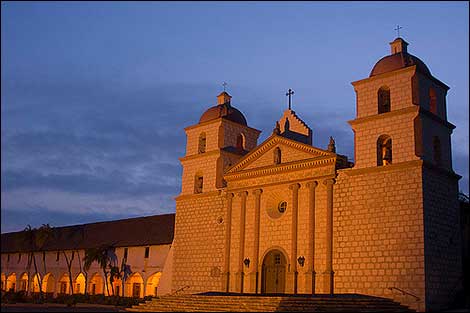
Photo by Damian Gadal
Best Student Paper Awards
The Best Student Paper Awards (BSPA) is given to up to two outstanding papers whose first author is a student, and granted based on a full paper submitted and presented in addition to the regular extended abstract required for the conference. In what follows we describe the criteria and process for the election of the grantees.
A. Eligibility
- The main author must be a full-time student (BSc, M.Sc., Ph.D. student) at the date of submission of the paper
- The paper must present original results
- The paper must not have been presented in another conference or journal (although we won’t ask for the copyright, and the author can submit the paper to another conference afterwards).
- The research must have been conducted by the main author while he was a student
B. Process
- The author postulates its work to the BSPA at the moment of submitting the extended abstract through the online process
- The BSPA committee (BSPAC) will ask for full papers after selecting the best five extended abstracts
- The award(s) will be given during the plenary session of the conference (one or two awards).
C. Timeline
- (until) 19-Feb-2018
Authors submit their extended abstract through the online submission system. - 19-Feb
The president of the BSPAC sends the postulated abstracts to the members of the BSPAC - 19-Feb to 26-Apr
The members of the BSPAC will select a maximum of five abstracts suggested by the evaluators - 26-April
The president of the BSPAC will ask the selected authors to submit a full paper (8 pages maximum), presenting a comprehensive exposition of the work. For papers not selected for further evaluation as best student paper, the authors will be notified by 26 April whether their abstract has been accepted for publication under the normal conference procedures. - 26-Apr to 15-June
Selected authors will prepare and send their full papers to the President of the BSPAC - 15-June
The president of the BPSAC sends the full papers to the members of the BSPAC. - 15-June to 15-July
Each member of the BSPAC scores and evaluates the papers based on the evaluation guidelines of the BSPA, and sends the result to the president of the BSPAC. - 2-July
All authors must register for the conference by this deadline date. Non-registration and non-attendance at the conference will disqualify the extended paper from an award. - 15-July
The president of the BSPAC consolidates the scores sent by the BSPAC and coordinates with the conference chair the elaboration of the BSPA certificate. - 30-August
The award(s) is(are) presented at the plenary of the conference by the president of the BSPAC or a delegate.
D. Best Student Paper Award Committee
The BSPAC is composed of three members and one president.
- President of the BSPAC: Nicolas Mora
- Members of the BSPAC: three HPEM/EMP Fellows (to be selected)
E. Award composition
- Award certificate
- Prize in cash: USD 500
EVALUATION GUIDELINES FOR WRITTEN PAPERS
1. Background of the problem (15 Points)
- The research question is clearly stated and well formulated.
- The relevance of the research question or problem is clearly explained.
- Adequate review of the state of the field, prior to the study, is presented (a concise review of the field, more than a simple enumeration of references is presented).
2. Research Methodology (15 Points)
- The techniques used are clearly explained and developed.
- There is a clear and distinctive method that supports the process of going from the problem to the conclusions.
- There is an appropriated match between the research question, the theoretical background and the employed methodology.
3. Results (40 Points)
- For fundamental research papers:
- Using synthesis, deduction and/or challenging existing knowledge the author(s) derived a novel theoretical development.
- The results are a valuable contribution to the field.
- The significance of the results is clearly demonstrated.
- The results are clear enough to allow and/or instruct an informed reader to reproduce the results
- For applied research papers:
- Using existing scientific knowledge, the author(s) developed a novel application, method, technology or creation, with the aim of addressing a practical technical or scientific problem.
- The results are a valuable contribution to the field.
- The significance of the results is clearly demonstrated.
- The results are clear enough to allow and/or instruct an informed reader to reproduce the results.
- Using existing scientific knowledge, the author(s) developed a novel application, method, technology or creation, with the aim of addressing a practical technical or scientific problem.
4. Discussion & Conclusions (15 points)
- The results are well-summarized and related to the statement of the problem.
- The conclusions contrast the current work with the prior state of the art.
- The conclusions are supported by the results/data obtained.
- The conclusions are presented in a broader context and present the utility and relevance and innovation of the presented work.
5. Presentation (15 points)
- The text is coherently organized.
- Figures, tables and equations are clear and convey precise and insightful information.
- Concise and comprehensible language is used.
